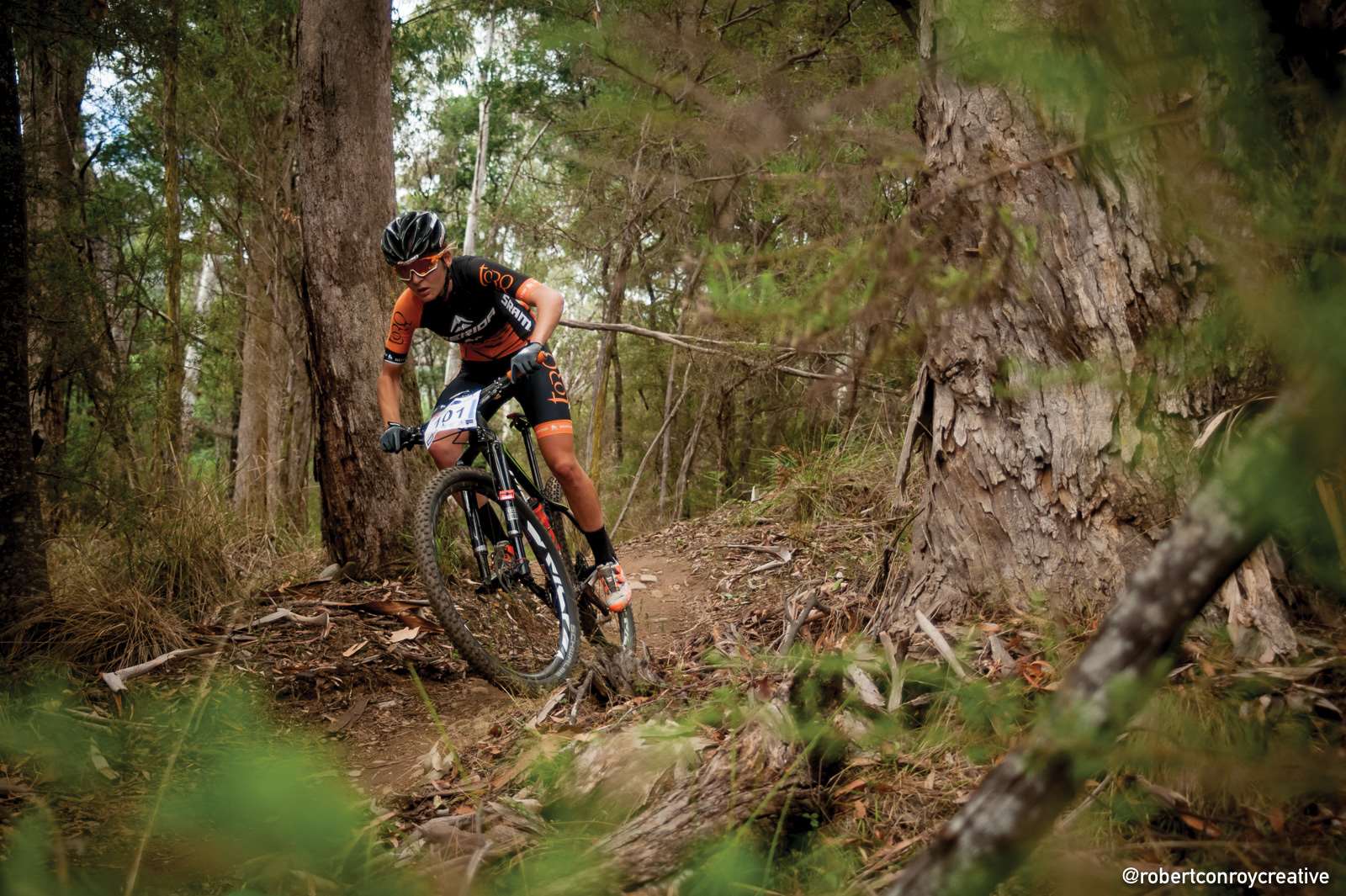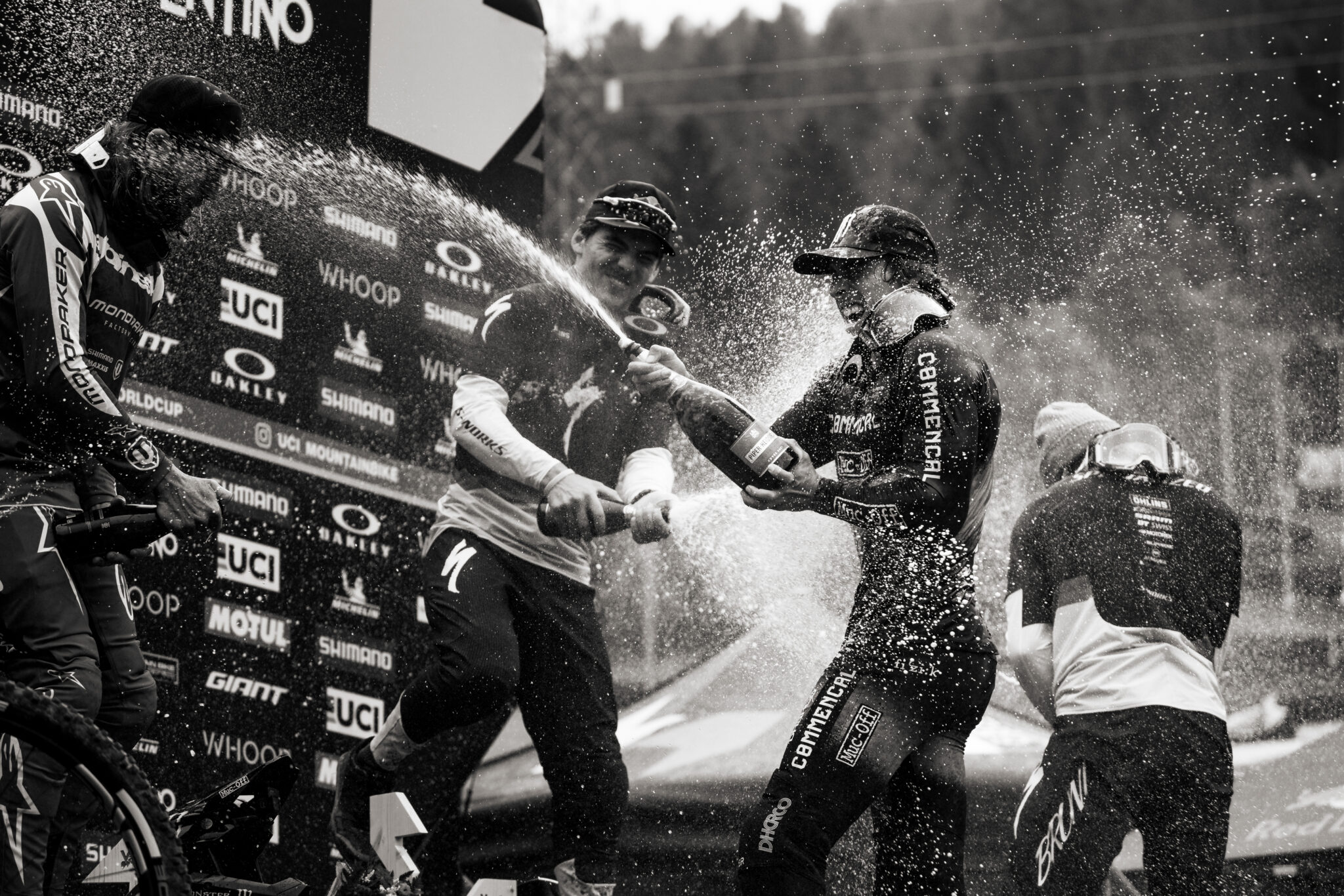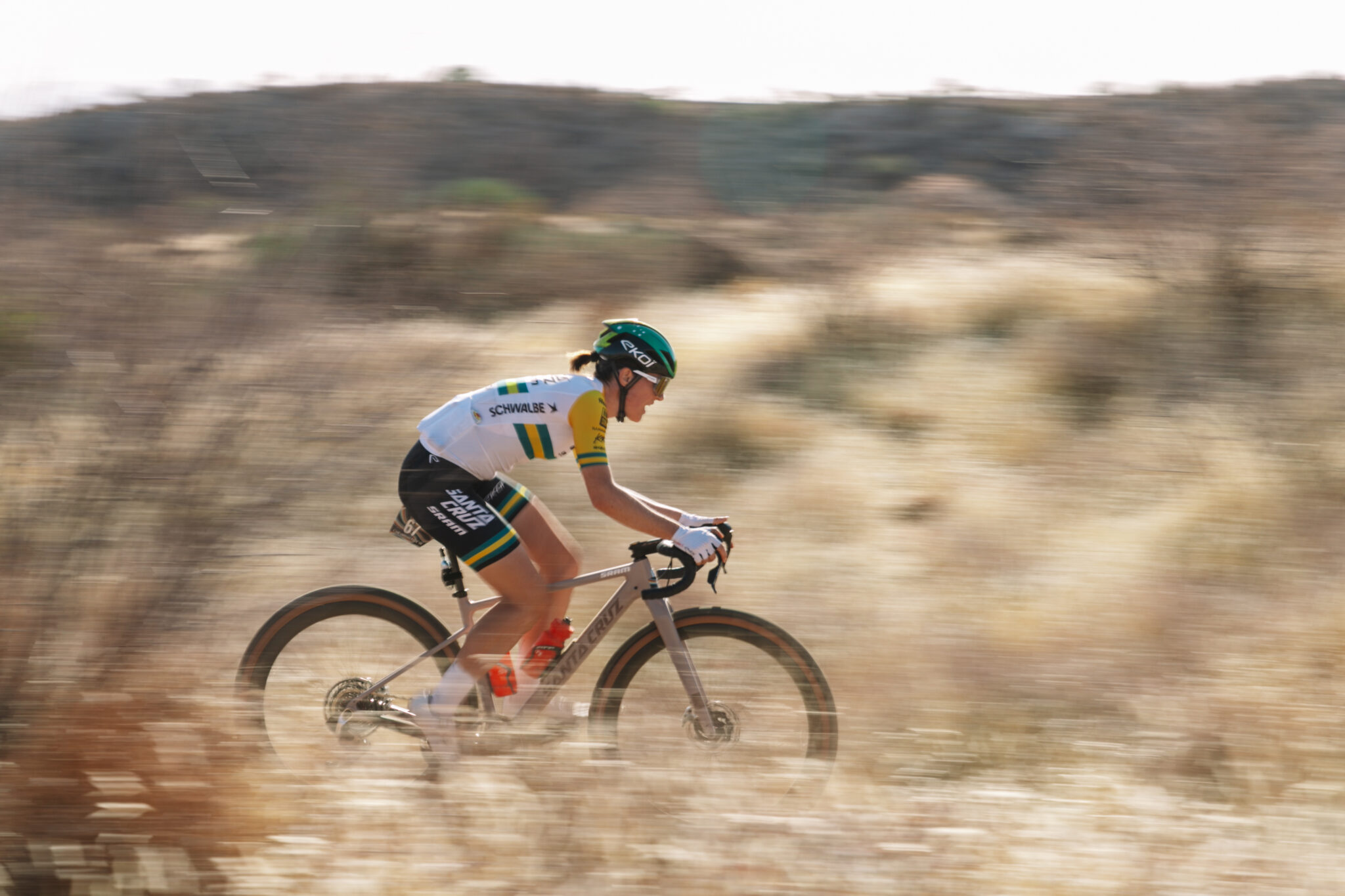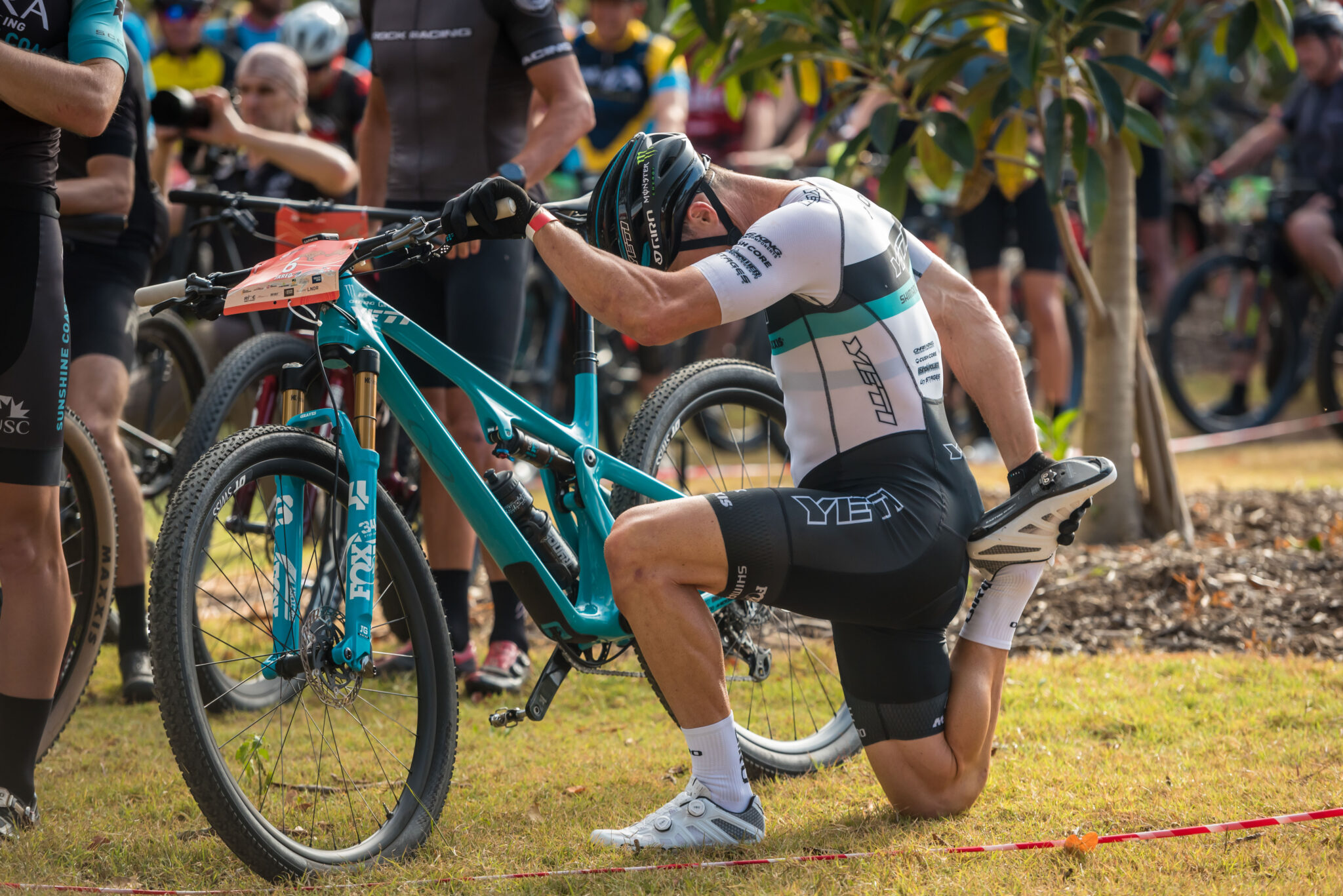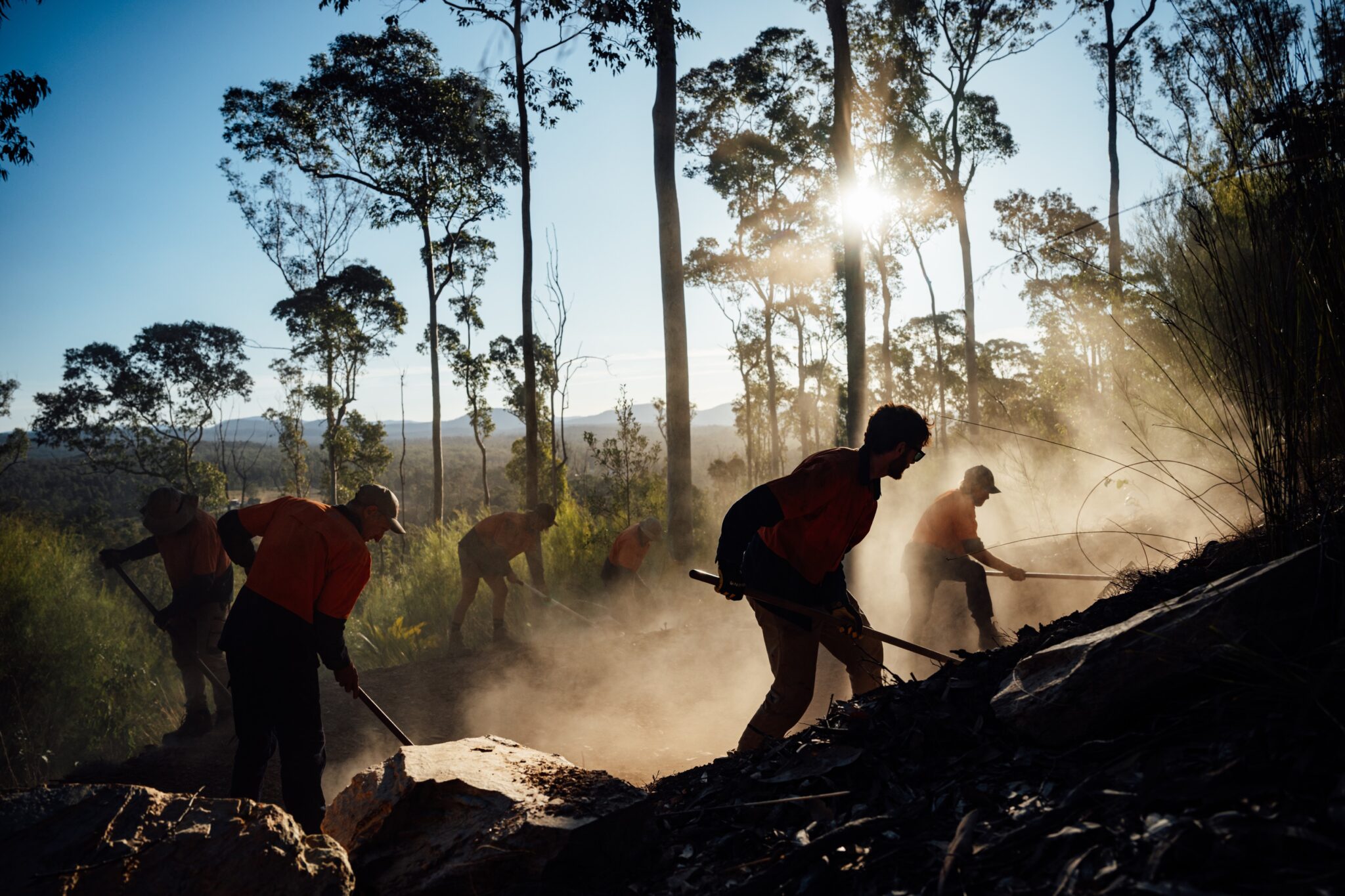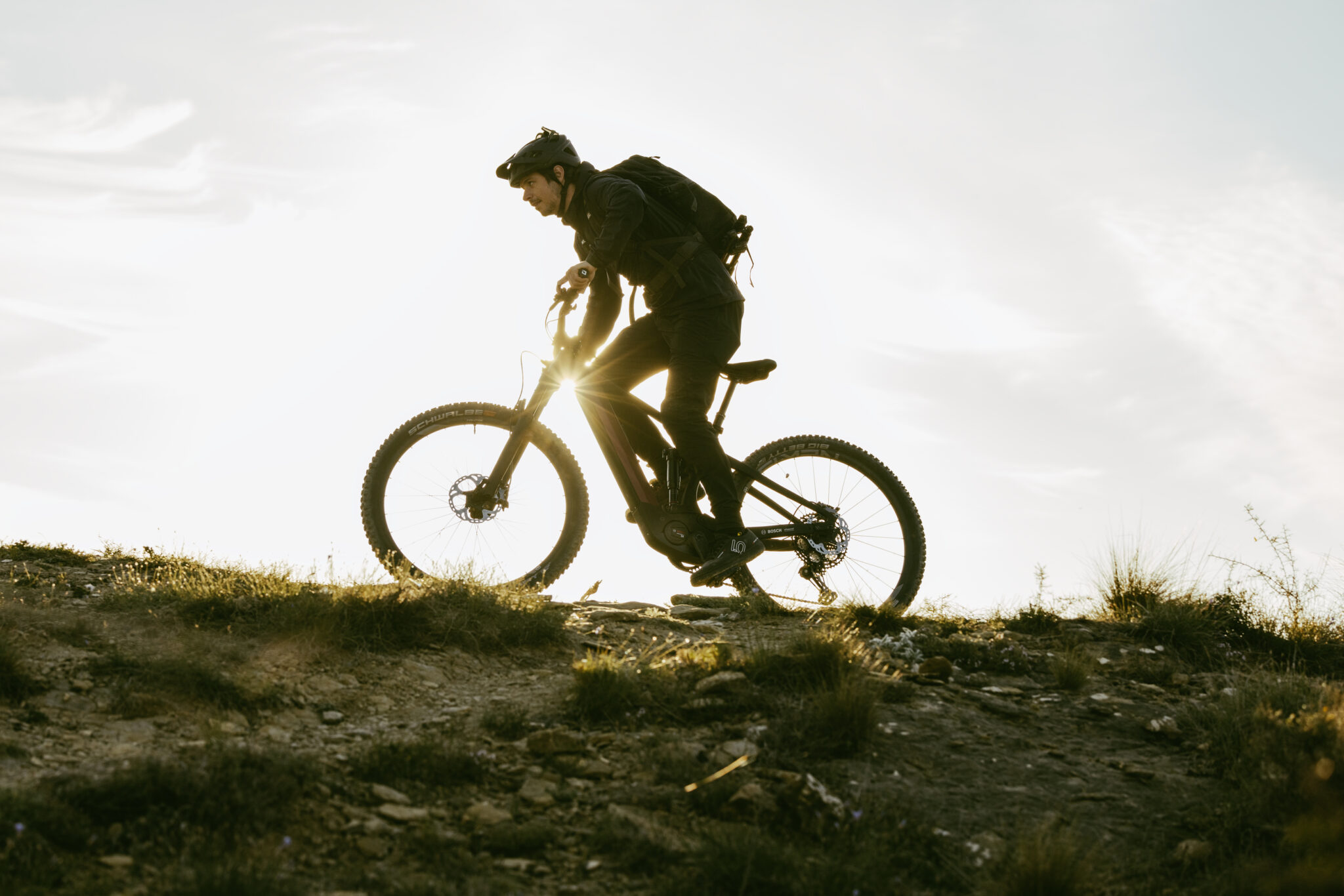What's the path forward?
Women in sport is not a new thing but many prejudices remain, what is the path forward?
Words: Anna Beck Photos: Robert Conroy
Women on bikes. It’s a cool thing. Here in Queensland we have almost 60 elite level female roadies lining up at a Queensland road series race to go their hardest. On the mountain bike? 10. If we’re lucky. As the numbers sit we have around 10-20% female participation in local mountain biking events—barring, of course—the recent emergence of ‘women’s only’ mountain biking events.
While there are a whole host of reasons why this may be the case, it’s hard to deny the effect of media on the participation rates of female cyclists and mountain bikers.
At a time when Australia recently fielded more female than male athletes at the Rio Olympics, we continue to be faced with a stark disparity when observing female participation in grassroots and regional sports. In Rio, it quickly became evident that parity in female Olympic participation emphatically did not equate to equality media representation; sure women were afforded much greater air-time than any other time of the year, but the media reporting itself at times failed to grasp that the female athletes were that; athletes; not merely wives of famous athletes, mothers, or active-wear models.
In fact, the Twittersphere went wild on several occasions when women’s achievements were undermined at Rio. For example, bronze-medalist US trap shooter Corey Cogdell-Unrein was referred to primarily as a wife of a famous sportsman (the Chicago Times headline read “Wife of a Bears’ lineman wins a bronze medal today in Rio Olympics”). There is also the famous newspaper clipping which features a bold, oversized headline “Phelps ties for silver in 100 fly” with a smaller sub-heading underneath “Ledecky sets world record in women’s 800 freestyle”, because priorities?
Some more excellent (and depressing) examples of this include:
– Hungarian swimmer Katinka Hosszú set a new world record and won gold in the 400 individual medley, but her success was credited to her husband, who is also her coach.
– A Fox news reporter dedicated airtime to debate as to whether female athletes should wear makeup.
– A Mexican gymnast was body-shamed and called fat (yes, an olympic gymnast…)
– A BBC presenter forgot that the Williams sisters had won two gold medals when he asked Andy Murray “You’re the first person to ever win two Olympic tennis gold medals, that’s an extraordinary feat, isn’t it?”. Gold star to Murray for refreshing his memory.
These are just a few examples of gender bias in reporting female events. Yes, women are being mentioned, but continue to play second fiddle to male athletes.
The recent announcement that SBS’s own women’s-specific sports news channel, Zela, is discontinued, provokes the question “what is the best way to cover women’s sport to give it the representation it deserves?”.
Participation in mountain biking is well under that of their male counterparts, there is a direct parallel when it comes to women’s sports representation. Zela was a promising news channel. It was an attempt to capture a small portion of the market and it would have taken guts and initiative in the male-dominated sports-sphere to stand up and create something about women, for women.
So what to do about it? There is so much potential talent out there in women’s mountain biking in Australia, and though media isn’t the be all and end all in terms of increasing sports participation, it does have an important role to play. Some things that can assist with getting more equal media representation for women mountain bikers can include;
– at a local level, contact local newspapers and online media with any news you may have of female athletes doing cool things, or upcoming women’s event you may know about
– vote with your feet and avoid media that treats female athletes poorly, or notoriously under-represents female athletes. Look for media that represents diversity! I am lucky enough to work with AMB to bring women’s writing and experiences into all aspects of the magazine; not just a single-page column or isolated women’s saddle review every fourth issue.
– Call out any sporting (or other) brands that advertise products using women in a sexualised or submissive manner.
These may be but small steps in the grand scheme of things, but they’re important ones to take. Gather your mountain bike-sisters and get on board!
